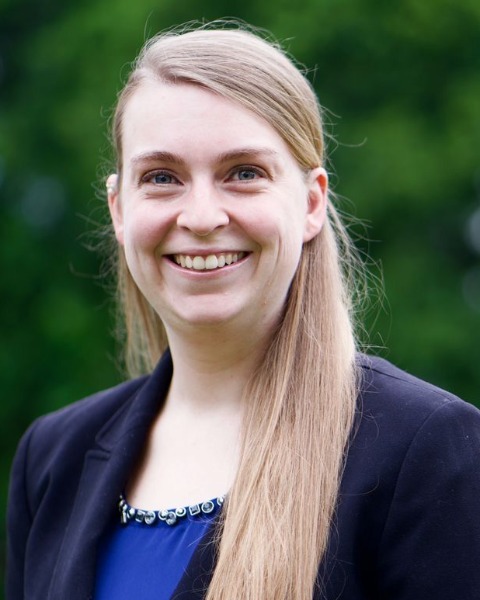Medical Education 7: DEI
Session: Medical Education 7: DEI
457 - Early-stage investigators and timely support: The impact of an NIH Loan Repayment Program (LRP) Preparedness Program
Saturday, April 26, 2025
2:30pm - 4:45pm HST
Publication Number: 457.5073
Stephanie Rolin, Columbia University Vagelos College of Physicians and Surgeons, New York, NY, United States; Megan G. Flores, Columbia University Vagelos College of Physicians and Surgeons, Brooklyn, NY, United States; Alicia I. Rolin, Children's National Health System, WASHINGTON, DC, United States

Alicia I. Rolin, MD ScM (she/her/hers)
Pediatric Emergency Medicine Fellow
Children's National Health System
Washington, District of Columbia, United States
Presenting Author(s)
Background: Pediatric researchers face notable obstacles in pursuit of a scientific career, including student debt. In 2023, the average debt for graduating pediatric residents was $261,000, with over half of residents reporting $200,000 or more of debt. Furthermore, medical students belonging to groups considered underrepresented in medicine by the AAMC are particularly burdened by student loan debt. In an analysis of 120,866 postgraduate resident trainees, Black trainees were significantly more likely to have loans for premedical education, medical education, and noneducational consumer debt than both the overall sample and all other racial and ethnic groups. The National Institutes of Health (NIH) offers a Loan Repayment Program (LRP) that addresses financial burden among physician-scientists by repaying up to $50,000 a year of a scientist’s educational debt in return for a commitment to research; this grant offers a specific funding pathway called “the Pediatric Research Loan Repayment Program”. In response to a growing need for resources promoting loan forgiveness and repayment opportunities, a LRP Preparedness Program was developed at Columbia University.
Objective: This study presents the first three years of data to assess 1) the burden of student loans among participants in a LRP Preparedness Program, 2) participant attitudes toward the program, and 3) whether the program improves participant knowledge and preparedness.
Design/Methods: The LRP Preparedness Program was offered as six separate one hour-long class sessions held via Zoom. Data was collected from three cohorts of the Preparedness Program (the 2022, 2023, and 2024 cycles). Participants provided feedback through pre- and post-program surveys, and during a discussion at the conclusion of the seminar.
Results: Participant demographics are listed in Table 1. Participants responded positively to their involvement in the seminar series and were funded at a high rate. The majority of participants believed receiving an LRP award would decrease their level of stress, encourage them to continue pursuing research, improve their focus at work, and improve their sleep habits. Twenty-one participants in the Preparedness Program have successfully applied and received funding, despite most participants having no prior experience with NIH grant writing.
Conclusion(s): Addressing disparities in debt burden may promote increased diversity and including within the field of medical research, especially through the LRP. The findings shared in this report lay the groundwork for other institutions to implement similar programs on a larger scale.
Table 1: Participant demographics
.png)

